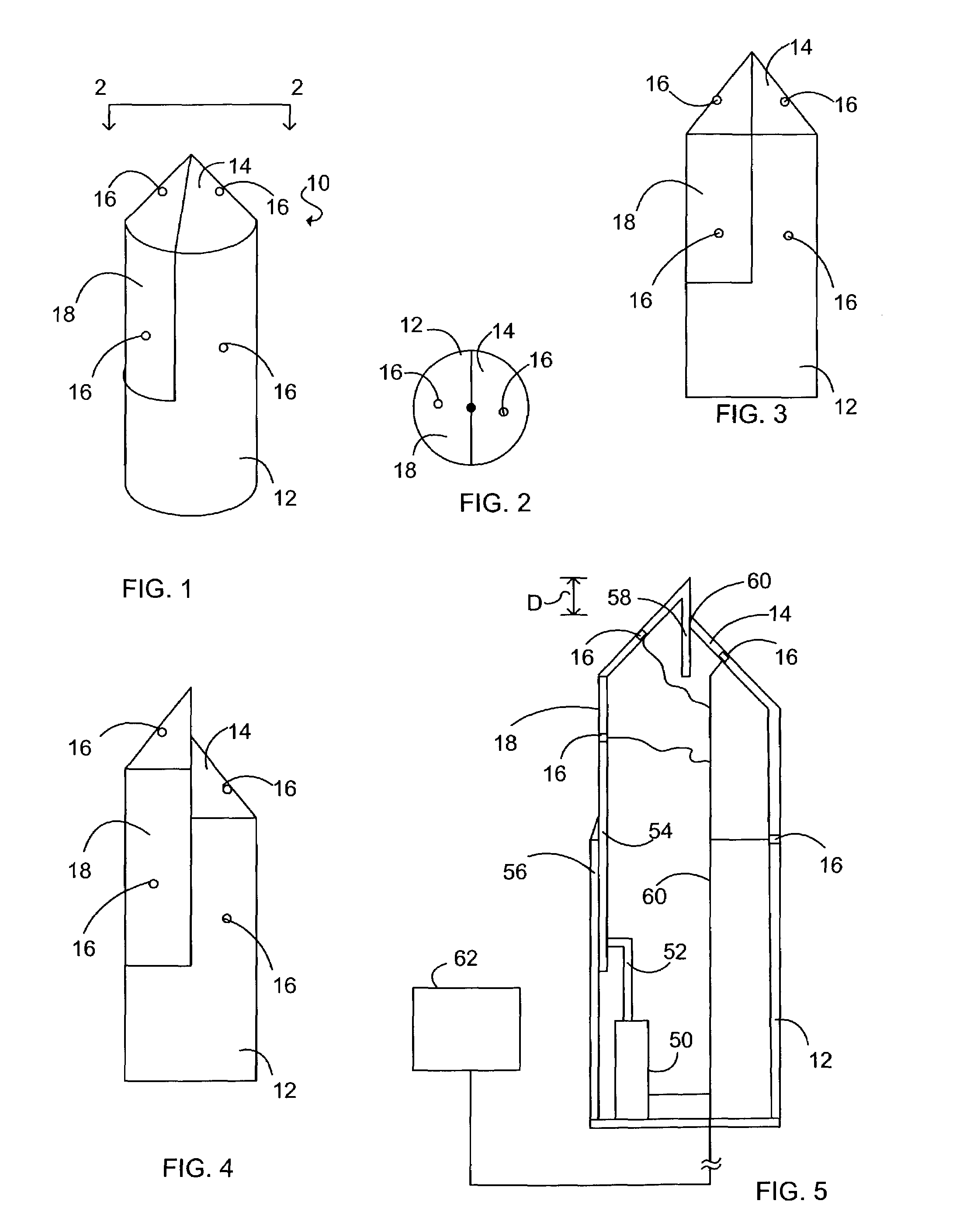Methods and systems for modeling material behavior
a material behavior and modeling system technology, applied in the direction of force/torque/work measurement apparatus, force sensors, instruments, etc., can solve the problems of relative inflexibility, limited learning capacity of given constitutive model, and inability to capture the complex behavior of geologic materials
- Summary
- Abstract
- Description
- Claims
- Application Information
AI Technical Summary
Benefits of technology
Problems solved by technology
Method used
Image
Examples
Embodiment Construction
[0031]The present invention is directed to systems and methods for modeling material behavior. A preferred embodiment of the invention is directed to method for modeling material behavior that includes using a testing device to induce a non-uniform state of stress and strain in a material sample and to measure data with the testing device. The data is then used to train a self-organizing computational model to learn non-uniform stress and strain behavior of the material. Other aspects of the present invention are directed to devices for obtaining the empirical stress and strain data. The devices include field testing devices and methods, laboratory testing devices and methods, and field observation methods.
[0032]It will be appreciated that methods and devices of the invention lend themselves well to practice in the form of computer program products. For example, a method or device of the invention may include a computer program product that causes a processor-based device to carry o...
PUM
| Property | Measurement | Unit |
|---|---|---|
| distance | aaaaa | aaaaa |
| stress | aaaaa | aaaaa |
| stiffness | aaaaa | aaaaa |
Abstract
Description
Claims
Application Information
 Login to View More
Login to View More - R&D
- Intellectual Property
- Life Sciences
- Materials
- Tech Scout
- Unparalleled Data Quality
- Higher Quality Content
- 60% Fewer Hallucinations
Browse by: Latest US Patents, China's latest patents, Technical Efficacy Thesaurus, Application Domain, Technology Topic, Popular Technical Reports.
© 2025 PatSnap. All rights reserved.Legal|Privacy policy|Modern Slavery Act Transparency Statement|Sitemap|About US| Contact US: help@patsnap.com



